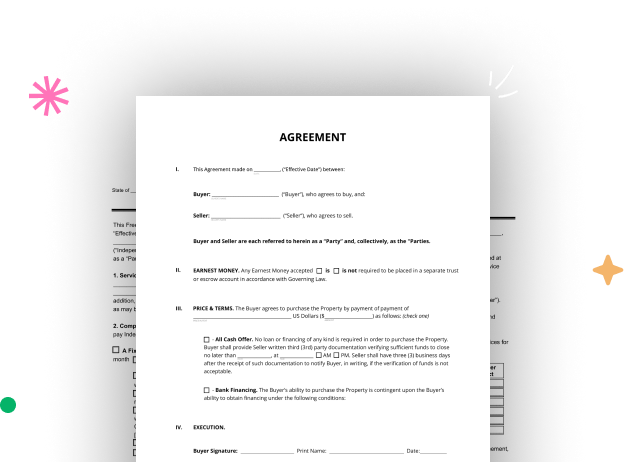

First, sign in to your DocHub account. If you don't have one, you can easily register for free.
Once you’re in, access your dashboard. This is your main hub for all document-based processes.
In your dashboard, choose New Document in the upper left corner. Choose Create Blank Document to craft the Unmarried Couples Legal Document from the ground up.
Add numerous elements like text boxes, images, signature fields, and other elements to your form and designate these fields to particular recipients as required.
Refine your document by adding guidelines or any other vital details leveraging the text feature.
Carefully examine your created Unmarried Couples Legal Document for any mistakes or required adjustments. Make use of DocHub's editing tools to polish your template.
After finalizing, save your copy. You may select to retain it within DocHub, transfer it to various storage platforms, or send it via a link or email.